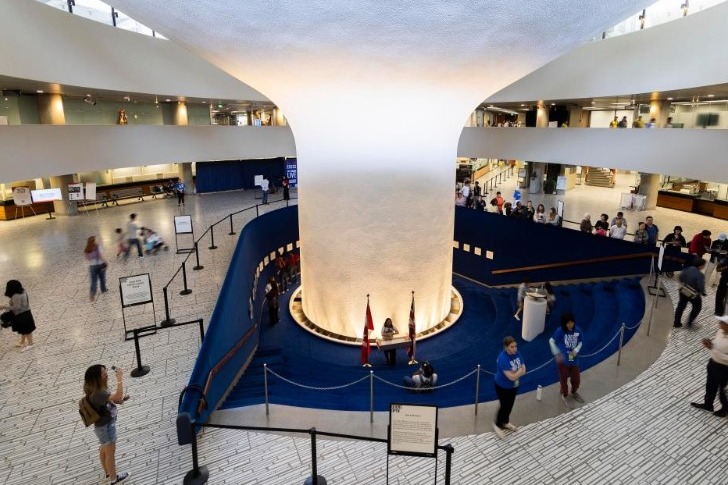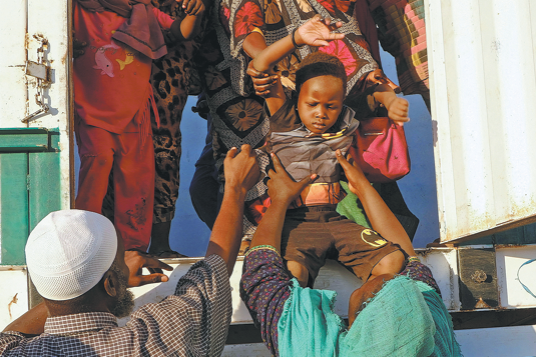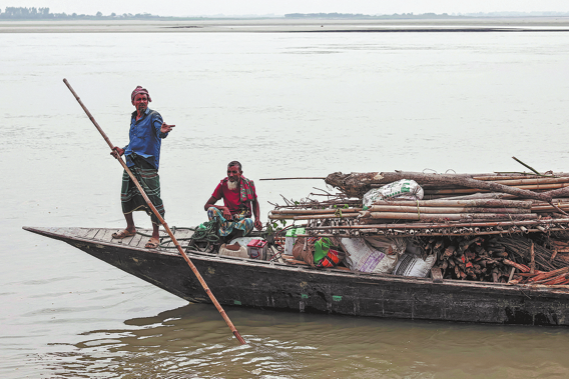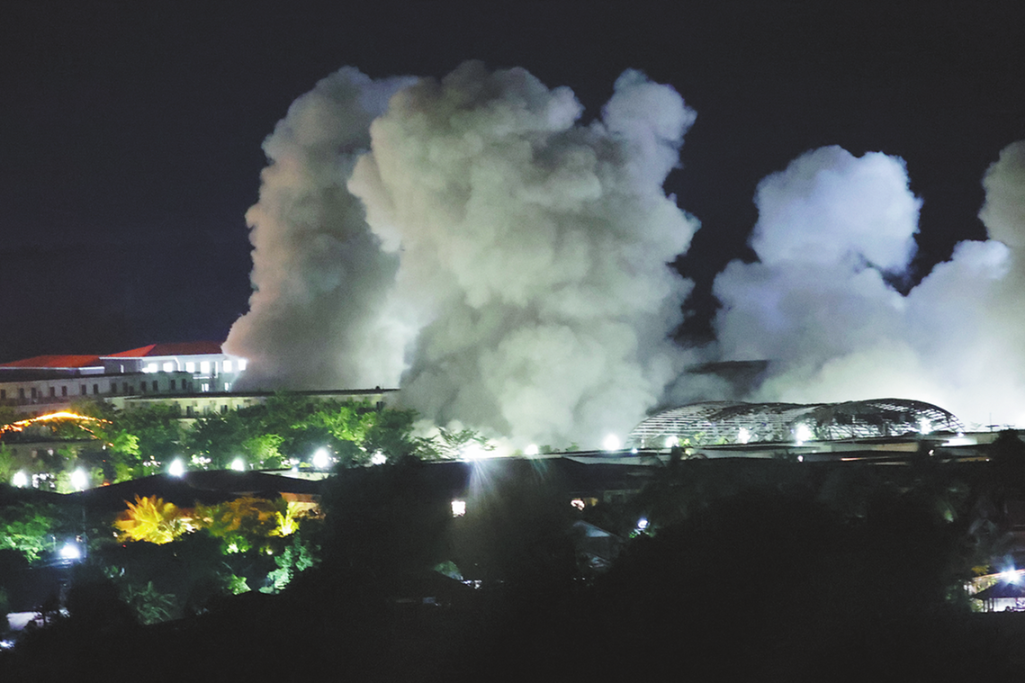A 'cascade' of warnings unheeded by Washington


How might the United States have coped with a challenge in which it had to be the first responder following an outbreak of a novel, highly infectious, significantly lethal viral disease?
This is not a fanciful exercise. As it happens, the US Department of Health and Human Services staged a lengthy exercise of more than half a year in 2019, called "Crimson Contagion", according to the New York Times.
In a scenario similar to the actual response to the COVID-19 pandemic, "a cascade of warnings went unheeded" in the US, although "Congress was briefed in December on some of these findings", according to a March report in the Times.
A challenge occurred in the US in 2009. According to a New Scientist article in April 2009, the H1N1 virus, commonly known as swine flu, first appeared in North America.
A Conde Nast report said the flu seems to have first crossed, in contagious form, to humans close to a hog farm near the town of La Gloria in Mexico, in late 2008. It was detected in the US by March 2009 and spread widely.
In 2009, the world was very fortunate that the H1N1 virus proved to have a low mortality rate, about 10 times less lethal than SARSCoV-2, according to the World Health Organization.
Within a year, this new flu had infected 60 million in the US and killed 12,000, according to the US Centers for Disease Control and Prevention.
On the face of it, the US was far better prepared than anyone to cope with the novel coronavirus in 2020.
The Global Health Security Index published by Johns Hopkins University in October 2019 ranked the US as the most prepared of the 195 countries surveyed.
Recent reports say that total US healthcare spending exceeds 17 percent of US GDP, double the average spending on healthcare in countries in the Organization for Economic Cooperation and Development.
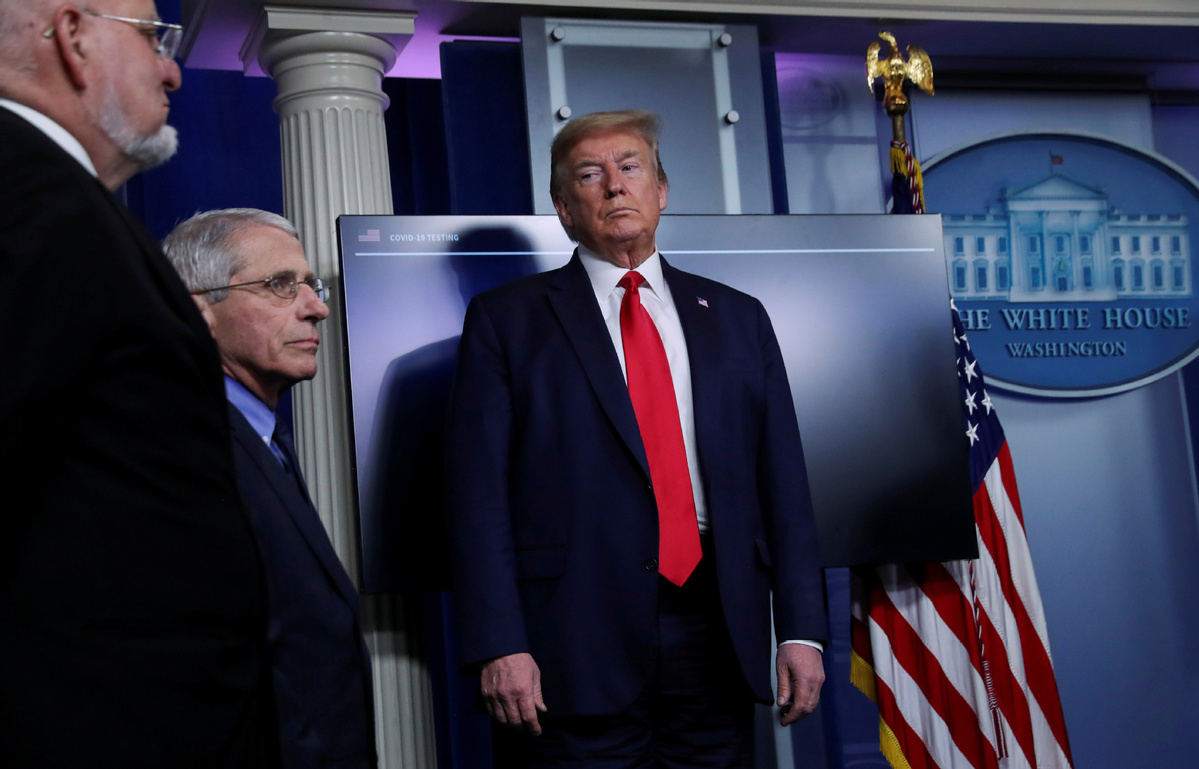
According to the Washington Post, the US government and the CDC were notified about the COVID-19 virus spreading in China by Jan 3. Human-to-human transmission was confirmed by China on Jan 21.
With the H1N1 experience, the "Crimson Contagion" exercise and timely warnings from China and the WHO, the US had every reason to be well prepared. The US administration, strangely, eliminated a pandemic unit within the Department of Health and Human Services in 2018 and took steps to cut the CDC budget in 2020, HuffPost said in March.
The CDC insisted on creating its own (faulty) test kit rather than relying on WHO-based test protocols. According to the Washington Post, two primary US scientific advisers told a White House discussion in mid-February that they still did not have evidence of person-to-person COVID-19 infections.
The US ultimately declared a COVID-19 national emergency on March 13, some 70 days after the first formal notification from China.
By May 13, the number of COVID-19 cases in the US was about 1.4 million, with 80,000 deaths, while those in South Korea were below 11,000 cases and 258 deaths, according to WHO data. The US had its first confirmed case on Jan 20, and South Korea on Jan 19.
The US population is about 6.5 times that of South Korea. On a per capita basis, the US has an infection rate 14 times higher than South Korea's and a death rate over 34 times higher. The recovery rate stands at over 81 percent in South Korea and under 11 percent in the US.
Professor Stephen Walt of Harvard University recently said that what has happened in the US is "an epic policy failure", according to the Guardian. Walt argued that "the Trump administration's self-centered, haphazard and tone deaf response will end up costing Americans trillions of dollars and thousands of otherwise preventable deaths".
Based on evidence, it is reasonable to assume that in 2020, if the US had been a first responder to a threat comparable to that posed by COVID-19, its performance in epidemic and pandemic management would have been, at the very least, "self-centered, haphazard and tone deaf" and possibly far worse.
The consequences for the US and the world are terrifying to contemplate.
The author is a visiting professor on the faculty of law at Hong Kong University. The views do not necessarily reflect those of China Daily.




















